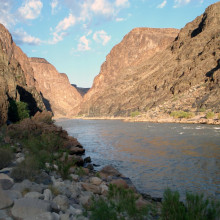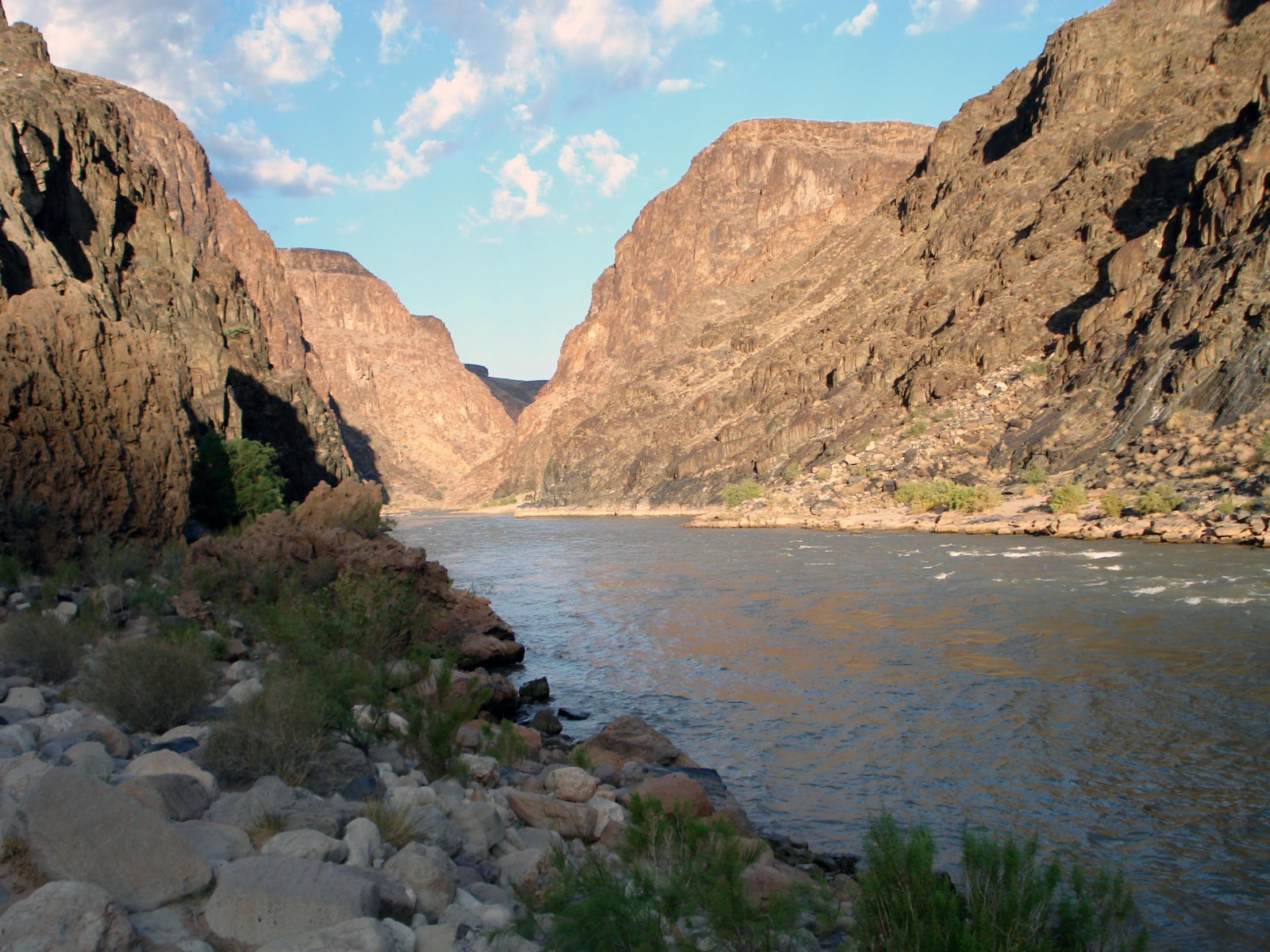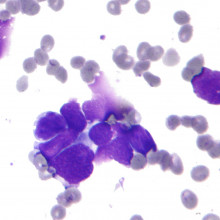In this NewsFlash, we find out how the Grand Canyon may be older than we thought, why hagfish can provide future fibres and we discover the icy ecosystem in an Antarctic lake...
In this episode

00:21 - Grand Canyon could be much older than previously thought
Grand Canyon could be much older than previously thought
America's Grand Canyon could be a lot older than previously thought - ancient enough that dinosaurs could have strolled down it.
The spectacular Grand Canyon is 277 miles long, up to 18 miles across at its widest point, and a mile deep and until now, it's been generally accepted that it was formed by a river cutting through and eroding rocks around 5 to 6 million years ago.
Remains of phosphate crystals in the canyon push back the estimated formation date to around 70 million years ago.
 That's according to a new study published this week in the journal Science by Rebecca Flowers from the University of Colorado at Boulder and Kenneth A. Farley from Caltech.
That's according to a new study published this week in the journal Science by Rebecca Flowers from the University of Colorado at Boulder and Kenneth A. Farley from Caltech.
Tracking back ancient erosion events is challenging because scientists aren't studying when sedimentary rocks were laid down, but when they were taken away.
The rocks of the Grand Canyon were laid down between 200 million and 2 billion years ago, much of them when this part of the western United States was a shallow tropical sea. A river then cut through exposing those rocks revealing one of the most complete and mind boggling sequences of rocks on earth.
The approach Flowers and Farley took was to analyse the composition of apatite crystals taken from the western end of the Canyon. Uranium and thorium molecules inside those crystals break down radioactively to form helium, which gets locked up inside the crystals as they cool at lower temperatures. As rocks erode and get closer to the earth's surface they cool down and the traces of helium leave a record of that cooling history and so can indicate when the canyon was cut through the rocks.
The team already used this technique to analyse rocks from the eastern end of the canyon, giving an erosion date of 55 million years ago.
And Rebecca Flowers thinks that the canyon was first formed by a predecessor of the Colorado River, that ran in the opposite direction.
These findings don't come without controversy. The age and formation of the Grand Canyon is something that scientists have disagreed about for over 150 years and it doesn't seem like they are going to stop now. There's no doubt that the canyon has a complicated history and that may it well not have formed all at the same time. And this isn't just about figuring out how the Grand Canyon itself was made but studies like this have really important implications for understanding other how landscapes form as scientists get to grips with topography, hydrology and tectonics.
And it shows that even with new techniques emerging there are still immense puzzles about the world that haven't yet been fully unravelled.
With this new idea of when the grand canyon was formed, researchers now want to dig deeper into the question of how it took shape.

04:02 - Overcoming cunning cancer cells
Overcoming cunning cancer cells
Drug resistance is a major problem when it comes to treating cancer...
In many cases, chemotherapy drugs work in the short term, but the tumours become resistant to treatment and keep growing. This is true not only for older drugs but for also for newer, targeted therapies too, and it happens because cancer cells evolve to overcome the effects of the medication.
There's a lot of research going on around the world aimed at understanding and overcoming this resistance. Now a team of European and US researchers, led by Rene Bernards at the Netherlands Cancer Institute, have identified an entirely new mechanism by which cancer cells can develop drug resistance. They've just published their results in the journal Cell.
The researchers started by looking at lung cancer cells carrying a specific genetic fault - a fusion between two genes called EML4 and ALK, which drives them to grow. They used a technique called RNA interference, testing 24,000 tiny fragments of RNA which switch off 8,000 different genes, one at a time, in cancer cells that have been treated with different drugs.
They were searching for cells that had become resistant to the drug treatment, then working out which gene had been switched off for that to happen. And they found one - a gene called MED12 - which was rather unexpected.
MED12 is part of something called the Mediator complex, which helps cells to switch genes on and off. The researchers discovered that switching off MED12 leads to the activation of a pathway called TGF-beta signalling, a kind of molecular escape route that keeps cancer cells growing out of control, even when they've been treated with drugs. The exciting thing is that are drugs that block TGF-beta signalling already in development, so maybe combining them with chemotherapy or targeted cancer treatments could help to tackle drug resistance and make the therapy more effective.
There's still a lot more to figure out about what's going on here, and this is just work on cells growing in the lab and doesn't take into account all the complicated interactions between cancer cells and the tissue around them, which we know are important in helping tumours deveop drug resistance. So it's still a long way from being something that could be turned into immediate benefits for cancer patients.
But it's certainly a significant and exciting finding that takes us a big step closer to understanding how cancers become resistant to therapy, and how it might be possible to overcome it...
Related Content
- Previous Can we make a real life Spiderman?
- Next Protecting Our Oceans










Comments
Add a comment